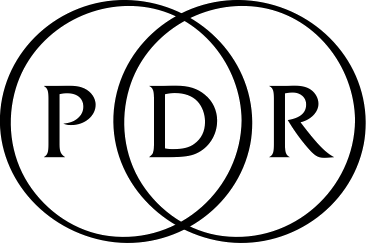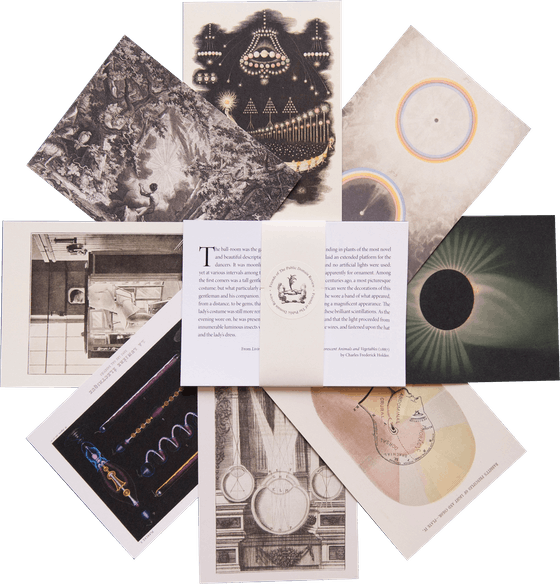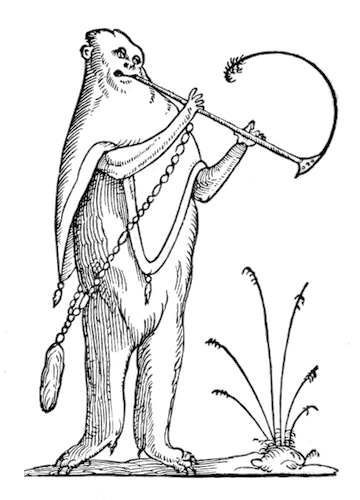
Essays

American Freedom: Sinclair Lewis and the Open Road
Some three decades before Kerouac and friends hit the road, Sinclair Lewis published Free Air, one of the very first novels about an automobile-powered road trip across the United States. Steven Michels looks at the particular vision of freedom espoused in the tale, one echoed throughout Lewis' oeuvre. more

Donald S. Lopez, Jr. looks at Voltaire's early reflections on Buddhism and how, in his desire to separate the Buddha's teachings from the trappings of religion, the French Enlightenment thinker prefigured an approach now familiar in the West. more

With his enormous hair, painted face, and dainty attire, the so-called "macaroni" was a common sight upon the streets and ridiculing prints of 1770s London. Dominic Janes explores how with this new figure — and the scandalous sodomy trials with which the stereotype became entwined — a widespread discussion of same-sex desire first entered the public realm, long before the days of Oscar Wilde. more

George Washington: A Descendant of Odin?
Yvonne Seale on a bizarre and fanciful piece of genealogical scholarship and what it tells us about identity in late 19th-century America. more

Defoe and the Distance to Utopia
In the wake of recent political shifts and the dystopian flavour they carry for many, Jason Pearl looks to the works of Daniel Defoe and the lessons they can teach us about bringing utopia home. more

The Many Lives of the Medieval Wound Man
Sliced, stabbed, punctured, bleeding, harassed on all sides by various weaponry, the curious image of Wound Man is a rare yet intriguing presence in the world of medieval and early modern medical manuscripts. Jack Hartnell explores this enigmatic figure's journey through the centuries. more

Astral Travels with Jack London
On the centenary of Jack London's death, Benjamin Breen looks at the writer's last book to be published in his lifetime, The Star Rover — a strange tale about solitary confinement and interstellar reincarnation, which speaks to us of the dreams and struggles of the man himself. more

“Let us Calculate!”: Leibniz, Llull, and the Computational Imagination
Three hundred years after the death of Gottfried Wilhelm Leibniz and seven hundred years after the death of Ramon Llull, Jonathan Gray looks at how their early visions of computation and the “combinatorial art” speak to our own age of data, algorithms, and artificial intelligence. more

Richard Hakluyt and Early English Travel
The Principal Navigations, Richard Hakluyt's great championing of Elizabethan colonial exploration, remains one of the most important collections of English travel writing ever published. As well as the escapades of famed names such as Francis Drake and Walter Raleigh, Nandini Das looks at how the book preserves many stories of lesser known figures that surely would have been otherwise lost. more

With their intricate line and often ghoulish tone, the works of Irish artist Harry Clarke are amongst the most striking in the history of illustration and stained glass design. Kelly Sullivan explores how, unknown to many at the time, Clarke took to including his own face in many of his pictures. more

Out of Their Love They Made It: A Visual History of Buraq
Although mentioned only briefly in the Qur'an, the story of the Prophet Muhammad's night journey to heaven astride a winged horse called Buraq has long caught the imagination of artists. Yasmine Seale charts the many representations of this enigmatic steed, from early Islamic scripture to contemporary Delhi, and explores what such a figure can tell us about the nature of belief. more

Visions of Algae in Eighteenth-Century Botany
Although not normally considered the most glamorous of Mother Nature's offerings, algae has found itself at the heart of many a key moment in the last few hundred years of botanical science. Ryan Feigenbaum traces the surprising history of one particular species — Conferva fontinalis — from the vials of Joseph Priestley's laboratory to its possible role as inspiration for Shelley's Frankenstein. more

The Calcutta Pococurante Society: Public and Private in India’s Age of Reform
Joshua Ehrlich on an obscure text found on the shelves of a Bengali library and the light it sheds on the idea of the "public" in 19th-century Calcutta. more

“Unlimiting the Bounds”: the Panorama and the Balloon View
The second essay in a two-part series in which Lily Ford explores how balloon flight transformed our ideas of landscape. Here she looks at the phenomenon of the panorama, and how its attempts at creating the immersive view were inextricably linked to the new visual experience opened up by the advent of ballooning. more

“For the Sake of the Prospect”: Experiencing the World from Above in the Late 18th Century
The first essay in a two-part series in which Lily Ford explores how balloon flight transformed our ideas of landscape. We begin with a look at the unique set of images included in Thomas Baldwin's Airopaidia (1786) — the first "real" overhead aerial views. more

The Secret History of Holywell Street: Home to Victorian London’s Dirty Book Trade
Victorian sexuality is often considered synonymous with prudishness, conjuring images of covered-up piano legs and dark ankle-length skirts. Historian Matthew Green uncovers a quite different scene in the sordid story of Holywell St, 19th-century London's epicentre of erotica and smut. more

Frankenstein, the Baroness, and the Climate Refugees of 1816
It is two hundred years since "The Year Without a Summer", when a sun-obscuring ash cloud — ejected from one of the most powerful volcanic eruptions in recorded history — caused temperatures to plummet the world over. Gillen D’Arcy Wood looks at the humanitarian crisis triggered by the unusual weather, and how it offers an alternative lens through which to read Mary Shelley's Frankenstein, a book begun in its midst. more

Francis van Helmont and the Alphabet of Nature
Largely forgotten today in the shadow of his more famous father, the 17th-century Flemish alchemist Francis van Helmont influenced and was friends with the likes of Locke, Boyle, and Leibniz. While imprisoned by the Inquisition, in between torture sessions, he wrote his Alphabet of Nature on the idea of a universal “natural” language. Je Wilson explores. more

Copying Pictures, Evidencing Evolution
Copying — unoriginal, dull, and derivative by definition — can be creative, contested, and consequential in its effects. Nick Hopwood tracks Haeckel’s embryos, some of the most controversial pictures in the history of science, and explores how copying put them among the most widely seen. more

Frolicsome Engines: The Long Prehistory of Artificial Intelligence
Defecating ducks, talking busts, and mechanised Christs — Jessica Riskin on the wonderful history of automata, machines built to mimic the processes of intelligent life. more

George Washington at the Siamese Court
Keen to appear outward-looking and open to Western culture, in 1838 the Second King of Siam bestowed upon his son a most unusual name. Ross Bullen explores the curious case of “Prince George Washington”, a 19th-century Siamese prince. more

This year marks the 400th anniversary of the death of Miguel de Cervantes, author of one of the best-loved and most frequently illustrated books in the history of literature — Don Quixote. Rachel Schmidt explores how the varying approaches to illustrating the tale have reflected and impacted its reading through the centuries. more

Divine Comedy: Lucian Versus The Gods
With the twenty-six short comic dialogues that made up Dialogues of the Gods, the 2nd-century writer Lucian of Samosata took the popular images of the Greek gods and redrew them as greedy, sex-obsessed, power-mad despots. Nicholas Jeeves, editor of a new edition for PDR Press, explores the story behind the work and its reception in the English-speaking world. more

The Strange Case of Mr William T. Horton
Championed in his day by friend and fellow mystic W. B. Yeats, today the artist William T. Horton and his stark minimalistic creations are largely forgotten. Jon Crabb on a unique and unusual talent. more


